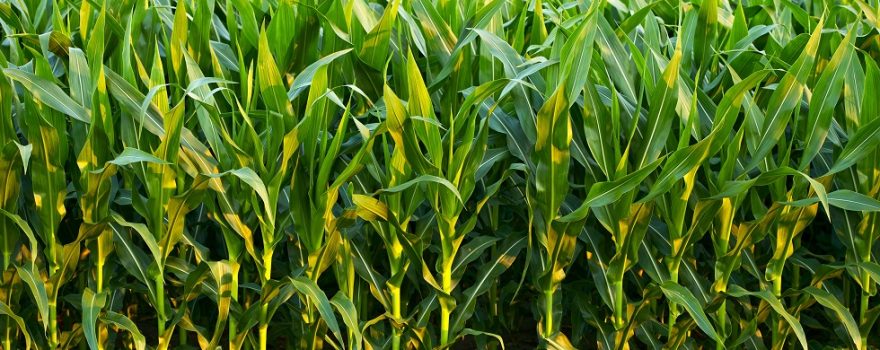
Fish feed containing protein ingredients made from ethanol produced from corn are expected to be made available on a commercial scale in Brazil in 2020, raising the stakes for soy producers supplying the aquaculture industry.
Supplies of fish feed containing protein ingredients made from ethanol produced from corn are expected to be made available on a commercial scale in Brazil in 2020.
Brazil’s aquaculture industry trade body Peixe BR is working with the country’s ethanol producers, Brazilian Agricultural Research Corporation Embrapa and other researchers to determine the competitiveness of using dried distillers’ grains (DDG) to produce a corn-based protein for use in aquaculture feed.
Peixe BR CEO Francisco Medeiros told IntraFish he believes the outcome may boost competition in the Brazilian feed market and help lower costs of fish producers’ final products in the process.
Ethanol made from sugar cane is big business in Brazil.
By the end of 2017, 70 percent of new cars and light vehicles being produced were of the flexible fuel type with the ability to run both on petroleum gas or on ethanol. Pumps for ethanol fuel at Brazil’s filling stations have been a common sight for decades.
But nearly two years after the launch of the first ethanol plant based entirely around corn, Brazil is seeing a rapid growth in production, meaning there is an abundance of supply. Output is expected to double next year, and in the coming years its forecast that 10 percent of ethanol produced in Brazil will be derived from corn, Medeiros said.
“It’s an industry in Brazil that is growing and we want to grow with them.”
While protein produced from corn ethanol may be rich in oil, the aquaculture industry is looking for a product that is more price competitive than soy protein.
“In the first half of 2020 we will already have significant quantities of products for fish containing DDG,” Medeiros said.
Brazilian aquaculture production increased 4.5 percent to 722,560 metric tons in 2018, consuming 1.1 million metric tons of fish feed in the process.
Tilapia drove the growth in Brazilian aquaculture production last year. Production rose 11.9 percent to 400,280 metric tons, meaning the species accounts for 55.4 percent of farmed fish output.
Most of the remainder is made up of native species such as tambaqui, pintado and pirarucu, while carp, trout and pangasius are also produced in lower volumes.
So, what percentage of Brazilian aquaculture feed used to produce these fish in the future might contain DDG from corn?
“We don’t know because the studies to determine the maximum usage limits haven’t yet been done. Within a year at most we will have the answer,” Medeiros said.
It’s likely that much of this type of DDG protein produced in bulk and at lower cost in Brazil’s center west states will end up in aquaculture feed because this areas are also among the major fish producing regions.
Previously soy’s 48 percent concentration of soy protein in feed overshadowed the 30 percent for corn, a ratio that can now reach 50 percent depending on purity when fiber and oils are removed, Medeiros said.
“The market will probably demand three or four types of DDG, and according to price and need you will make a choice.”
The latest developments in Brazil, as well as research carried out over the years by both the corn and soy industries, have won praise from Kurt Rosentrater, an associate professor at Iowa State University, where researchers have spent two decades looking at the challenges of feeding fish raw corn, corn protein concentrate, corn gluten meal or distillers-grade corn products, as well as those based around soy.
Rosentrater, who doubles as executive director of the Distillers Grains Technology Council in the United States, features in the alternative feed ingredients section of IntraFish’s The Future of Aquaculture Feed report.
“I don’t know if it will challenge soy, there is always that potential,” he said. “I think we need a combination of corn and soy ingredients, that’s what the future holds because the aquaculture industry has tremendous demand for protein.”
In the past year Rosentrater said he has been impressed by the pace at which ethanol-based projects in the United States are moving forward with protein extraction, which could bring dual benefits for the aquaculture industry.
“It’s not just protein from the maize, but also it’s protein from the yeast,” Rosentrater said, adding that feed companies are carrying out trials around the world not just on tilapia, but also “higher end” species such as salmon and trout.
Source: Intrafish Magazine


